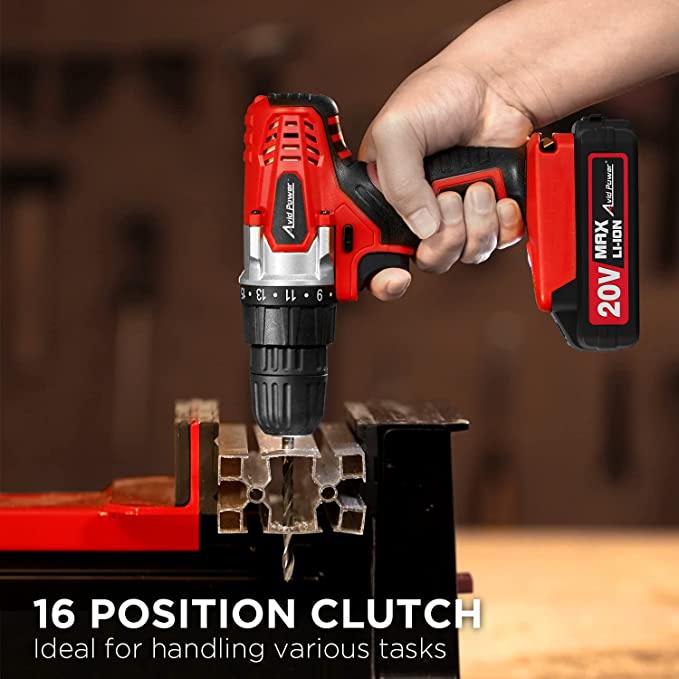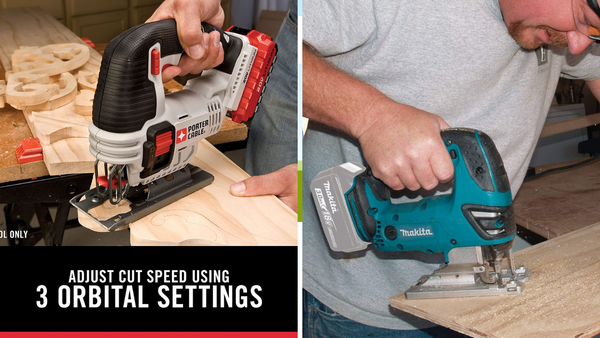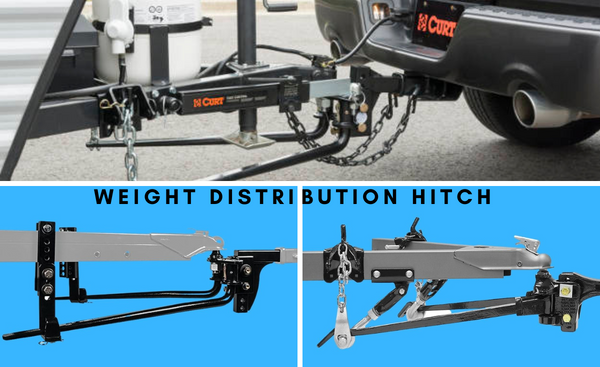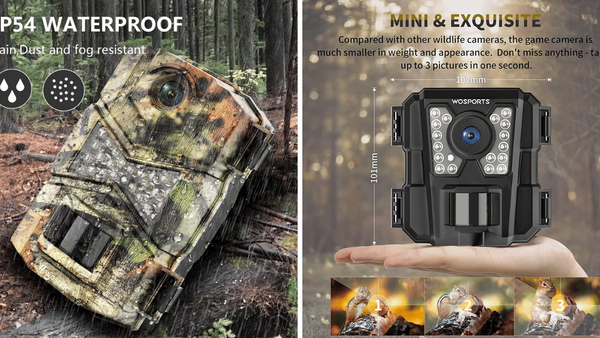Removing rivets can be a tricky task. You need the right tools, and you have to take some precautions before you get started. But, with the right rivet removal tool in your toolbox, it doesn’t have to be so hard. In this blog post, we’ll talk about the benefits of using a rivet removal tool and why it's worth the investment.
Time Savings
Using a rivet removal tool helps to save time by allowing you to quickly and easily remove old or damaged rivets without damaging other parts of the project or yourself. This eliminates the need for tedious drilling and chiseling, which can take hours if done correctly. On average, removing a rivet with a specialized tool takes around 30 seconds while traditional methods take up to 10 minutes!
Safety
A properly designed and maintained rivet removal tool is much safer than traditional methods such as drilling or hammering. Because they are designed to remove only the head of the rivet without damaging surrounding components or materials, they reduce potential damage to yourself or your work area. Additionally, these tools are often equipped with safety features like rubber grips that prevent slipping and make them easier to maneuver in tight spaces.
Cost Savings
Rivet removal tools typically cost between $10-$50 depending on brand and type but can save thousands of dollars by preventing costly mistakes that can occur when using more traditional methods such as hammering or drilling. In addition to reducing potential damage costs, they also help reduce labor costs associated with long-term projects because they allow for faster completion times than manual methods do.
Do you need a reliable rivet removal tool that won't break the bank? Look no further than what our team has compiled for you below.
Rivets are tough to remove, and finding the right tool can be difficult. With so many different types and brands available, it can be hard to know which one will give you the best value for your money.
Our team of experts has read thousands of product reviews on Amazon to find the best rivet removal tools for your needs. We've done all the hard work so that you can easily find and purchase the perfect tool without breaking your budget.
No more guesswork or wasted money - just a reliable rivet removal tool at an affordable price! Check out our reviews today and get started on those stubborn rivets!
Why We Love It:
Aircraft Tool Supply's Rivet Removal Tool is perfect for those who need to quickly and cleanly remove 3/32", 1/8", 5/32" and 3/16" universal head (AN470) solid rivets.
This tool fits any 1/4" air or electric drill, and the bits are designed to effortlessly remove rivets without causing any damage to the rivet hole or aircraft skin. Plus, it's made in the USA, so you can trust the quality and craftsmanship that goes into every tool.
What You Should Know:
Not only is our Rivet Removal Tool great for quickly and cleanly removing rivets, but it's also convenient for replacing the bits when needed. Replacement bits for the tool are our "L" series threaded drill bits (e.g. 5000-40L), so you can easily keep your tool working as good as new.
Whether you're a professional aircraft mechanic or an avid DIYer, you'll love our Rivet Removal Tool for all your riveting needs.
YOU ALSO CAN USE A DRILL TO REMOVE A RIVET😃
Why We Love It:
The AVID POWER 20V MAX Lithium Ion Cordless Drill is the perfect power drill set for any DIY job. It features a 20V 1.5Ah Lithium-ion battery pack with USB output compatible for phone charging and a real-time capacity indicator.
The 15+1 torque settings provide precise control for driving in/out screws, and it can also be used to drill into wood, ceramics, drywall, plastics, and even metal with ease.
What You Should Know:
This cordless drill also features an ergonomic design with a compact and lightweight design, minimizing fatigue in most daily screwing and drilling tasks. The rubber-covered handle provides a comfortable grip for being breezily operated in one hand.
It also comes with a flexible shaft that can be used in places where driver bits are hard to reach. Plus, it has an LED light to illuminate dark working areas and a variable speed of 0-550RPM with an electric brake function to provide precise operation. Get your AVID POWER 20V MAX Lithium Ion Cordless Drill today and make those DIY projects a breeze!
FAQs
Are you looking for a rivet removal tool, but don't know which one to choose?
With so many different types and brands of rivet removal tools on the market, it can be hard to know which one is the best for your needs. It's important to find a tool that is durable and reliable, but it can be tough to know which one is the right one for you.
We've compiled a list of the most frequently asked questions about rivet removal tools so you can make an informed decision when it comes to choosing the right tool for your project.
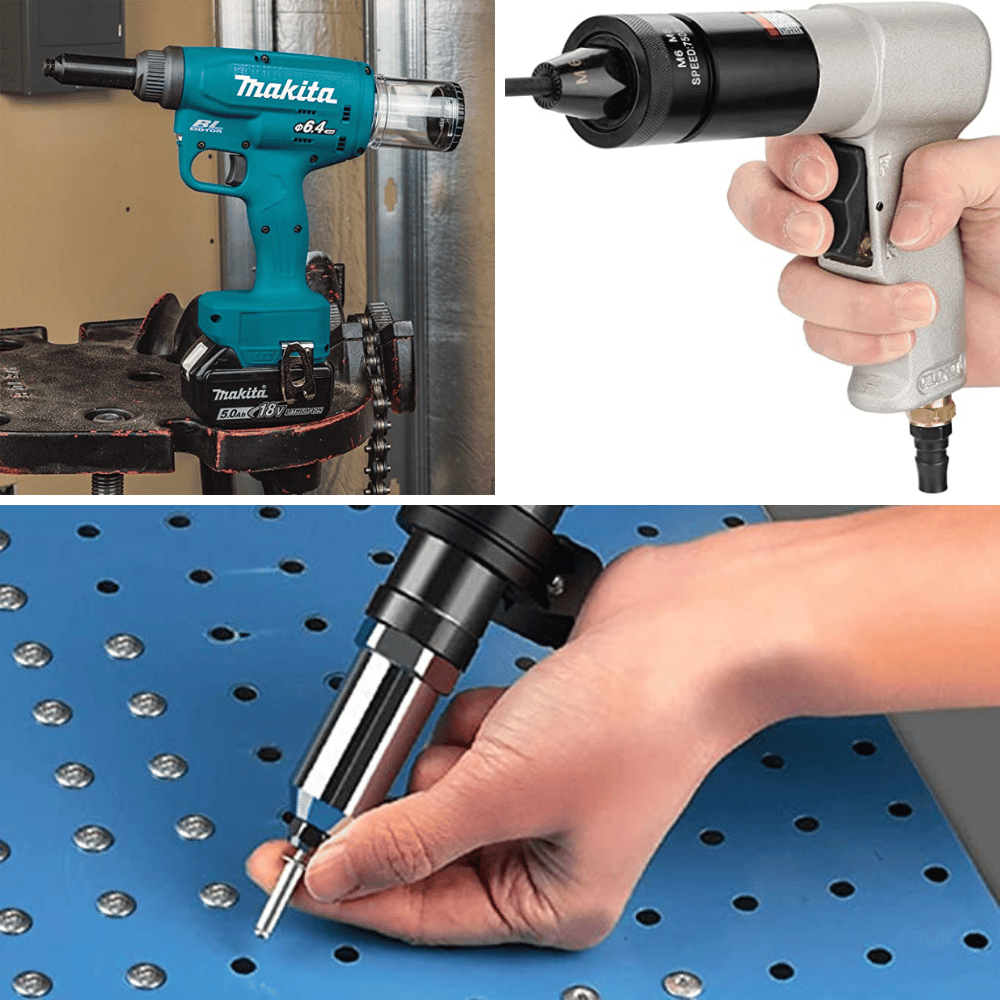
1.How do you use a rivet removal tool?
Using a rivet removal tool is a relatively simple process. First, you'll need to locate the rivet that needs to be removed. Once you've identified it, you'll need to insert the tip of the tool into the hole of the rivet. Then, you'll need to turn the handle of the tool in a counter-clockwise direction until the rivet pops out. Once you've removed the rivet, you can then remove the tool from the hole.
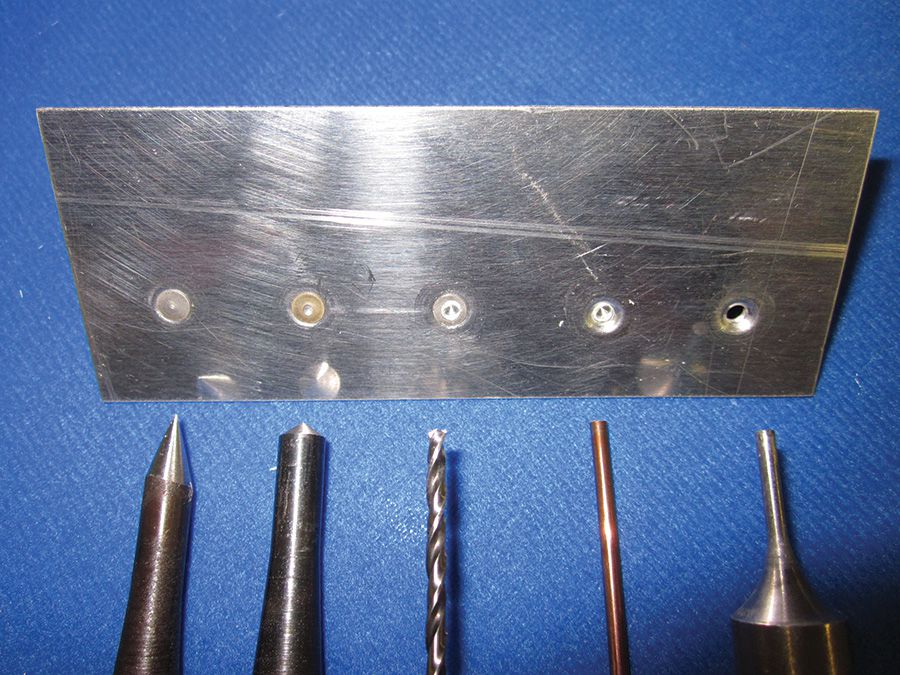
2. What are some precautions to be observed when using a rivet gun?
When using a rivet gun, it is important to wear safety glasses and other protective gear to protect yourself from flying debris. Make sure the rivet gun is securely held in place before using it, and always follow the manufacturer's instructions. Additionally, it is important to ensure that the rivet gun is properly lubricated and that the rivet gun bit is in good condition before use. Finally, make sure to keep the rivet gun away from flammable materials and never point the rivet gun at anyone.
3. What is the easiest way to remove rivets?
The easiest way to remove rivets is to use a rivet removal tool or drill. A rivet removal tool is a specialized tool that is designed to remove rivets without damaging the surrounding material. It works by using a sharp cutting edge to cut through the head of the rivet, allowing it to be pulled out. Alternatively, a drill can be used to drill out the rivet head, which can then be pulled out.
4. What size bit is used when removing rivets?
The size of the bit used when removing rivets depends on the size of the rivet. Generally, a 3/32" bit is used for small rivets, a 1/8" bit is used for medium rivets, and a 5/32" bit is used for large rivets. It is important to use the correct size bit to ensure that the rivet is properly removed.
5. What is a rivet removal tool?
A rivet removal tool is a tool specifically designed for removing rivets from various materials. It typically consists of a handle with a pointed tip, which is used to push the rivet out from the material. This tool is often used in construction and repair work, as it can easily remove rivets without damaging the material.
6. How do you remove a rivet that keeps spinning?
Removing a spinning rivet can be done by using a pair of locking pliers, also known as vise-grips. Place the jaws of the vise-grips around the head of the rivet and twist the handle until the jaws of the vise-grips grip the head of the rivet. Once the head of the rivet is firmly gripped by the vise-grips, use a hammer to gently tap the handle of the vise-grips until the rivet is loosened and can be removed.
7. Can you install rivets without a rivet tool?
No, it is not possible to install rivets without a rivet tool. Rivets are designed to be installed with a rivet tool that applies pressure to the rivet to expand it and create a secure connection between two materials. Without a rivet tool, it would be impossible to properly install rivets.
8. Can you reuse rivet holes?
Yes, rivet holes can be reused. However, it is important to note that the hole should be thoroughly cleaned and inspected before reuse to ensure that the hole is free of any debris or other obstructions that could affect the rivet's performance. Additionally, it is important to use the same size rivets as the original rivet holes, as using a larger rivet could cause the hole to become enlarged or weakened.
9. What happens if you use too long of a rivet?
Using too long of a rivet can cause the rivet to not be able to form a secure connection. The rivet won't be able to expand enough to form a secure connection, and it could lead to the rivet slipping out of place. Additionally, if the rivet is too long, it could cause the rivet to interfere with other components in the assembly, leading to improper function.
10. What are the hazards when riveting?
The primary hazard when riveting is the risk of flying debris, as rivets can be propelled from the work surface with significant force. It is important to wear safety glasses or a face shield when riveting, as well as any other appropriate personal protective equipment. It is also important to ensure that the work surface is well-ventilated, as the heat generated from riveting can cause hazardous fumes to be generated. Additionally, it is important to exercise caution when handling the rivets and riveting tools, as they can be sharp and cause cuts or other injuries.
Conclusion:
When it comes to removing old or damaged rivets, there is no better option than a quality rivet removal tool.
Not only do these tools help save time by allowing for faster completion times than traditional methods do, but they also help keep you safe by reducing potential damage costs and incidents due to slips or errors made during manual operations.
Finally, investing in one of these tools can save you money in the long run by eliminating costly mistakes that could otherwise occur from using less reliable methods like hammering or drilling. With all these benefits combined, it’s no wonder why more people are turning towards specialized tools like this one!


